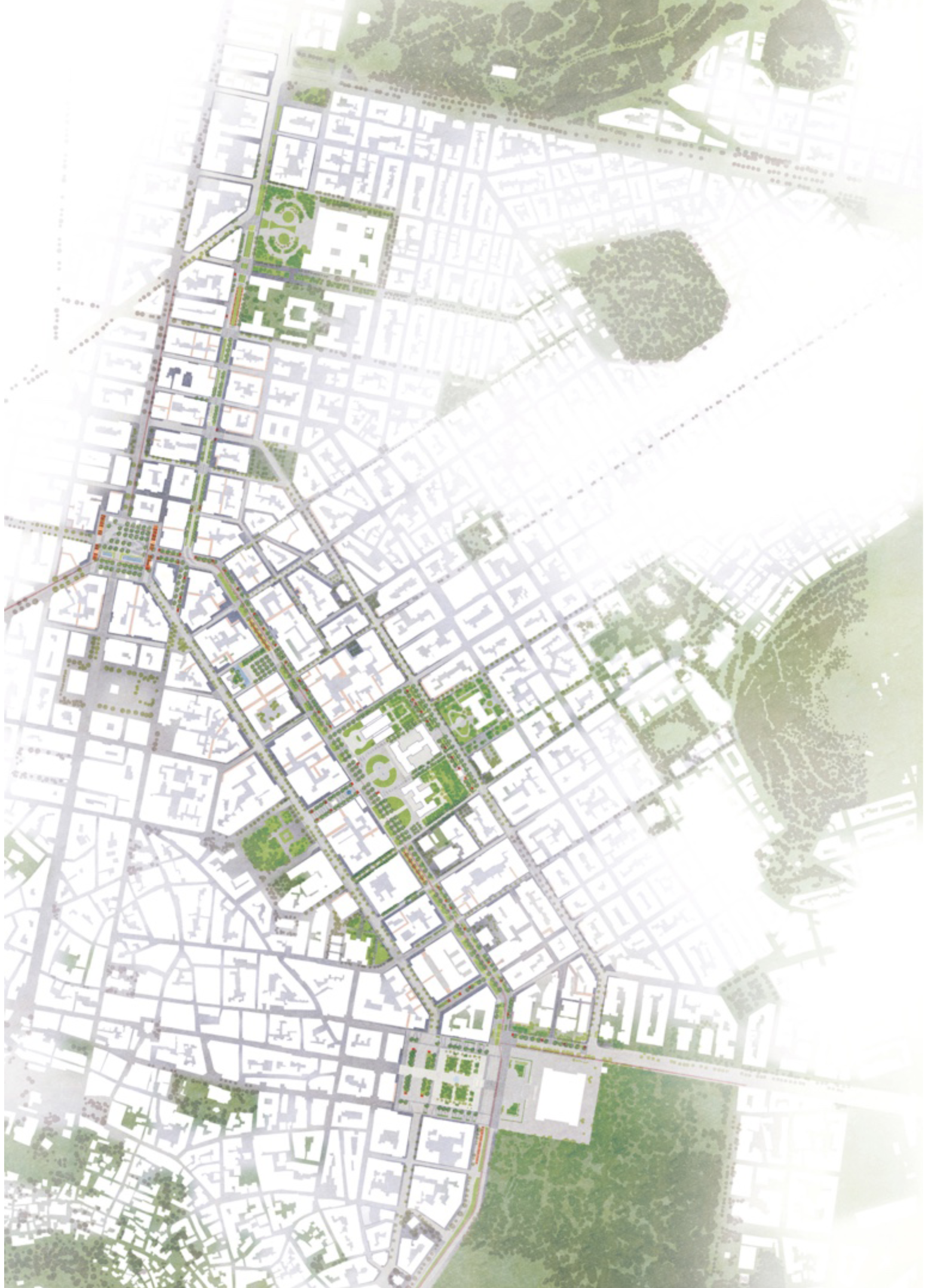The Monument and the Reconstruction of Memory: The Case of Athens, from 19th Century to the Present
Main Article Content
Abstract
This paper investigates the implication of the monument in architecture and planning concerning its function and potential in modern discourse from the beginning of 19th century. The study focuses on ruins of urban artefacts that become a memorial representation of the past civilisation, more importantly, be beneficial to those associated with the process. To better understanding, since the Acropolis is viewed as a symbol of the classical spirit and civilisation of Western culture with the great architectural aesthetic of Ancient Greek, three Athenian urban projects are taken as a case study, namely, ‘the new Athens’ master plan’ of the 19th century, ‘landscaping around Acropolis’ by Dimitris Pikionis of the 1960s, and the current proposal ‘Rethink Athens’. By collecting and analysing related maps, images and scholarly writings, the paper formulates an argument that traces of Ancient Greek have been evident in the urban development processes of Athens in the modern era.
From the construction of national image in the early 19th century, the conservation through aesthetic creativity during the mid-20th century, to the commercialisation of urban space in the present time, the exploration of three projects serves as an explanation of the multiple roles of the monument in different circumstances. This examination reveals that orders and forms of urban fabric are substantially involved political forces, individual attitude, and economic condition. Against the notion of prolonging and representing societal values, the original meaning of the monument is obscured and distorted. In truth, the function of the monument depends on the desires of those associate with an authority or hegemonic power at a certain time. As a consequence, what visitors pursue is the ever-changing meaning of the monument rather than the fixed one.
Downloads
Article Details

This work is licensed under a Creative Commons Attribution-NonCommercial-NoDerivatives 4.0 International License.
All material is licensed under the terms of the Creative Commons Attribution 4.0 International (CC-BY-NC-ND 4.0) License, unless otherwise stated. As such, authors are free to share, copy, and redistribute the material in any medium or format. The authors must give appropriate credit, provide a link to the license, and indicate if changes were made. The authors may do so in any reasonable manner, but not in any way that suggests the licensor endorses you or your use. The authors may not use the material for commercial purposes. If the authors remix, transform, or build upon the material, they may not distribute the modified material, unless permission is obtained from JARS. Final, accepted versions of the paper may be posted on third party repositories, provided appropriate acknowledgement to the original source is clearly noted.
References
Aureli, P. V. (2013). City as a project. Berlin, Germany: Ruby Press.
Bastéa, E. (2000). The creation of modern athens: Planning the myth. Cambridge, England: Cambridge University Press.
Benjamin, W. (1968). Illuminations (Arendt, H., trans). New York, U S: Schocken Books.
Biris, K. (1966). Athens- from the 19th to the 20th century. Athens, Greece: Melissa.
Brown, K. S. & Hamilakis, Y. (2003). The usable past: Greek metahistories. Lanham, US: Lexington Books.
DeCoste, F. C. & Schwartz, B. (2000). The holocaust’s ghost: Writings on art, politics, law, and education. Edmonton, Canada: University of Alberta.
Ferlenga, A. (1999). Pikionis: 1887-1968. Milan, Italy: Electa.
Forty, A. & Küchler, S. (1999). The art of forgetting. Oxford, England: Berg.
Forty, A. (2000). Words and buildings: A vocabulary of modern architecture. London, England: Thames and Hudson.
Halbwachs, M. (1980). The collective memory. New York, US: Harper & Row Colophon Books.
Hutchison, R. (2010). Encyclopedia of urban studies. London, England: SAGE.
Lejeune, J. F. & Sabatino M. (2010). Modern architecture and the mediterranean: Vernacular dialogues and contested identities. New York, US: Routledge.
Mumford, L. (1938). The death of the monument, the culture of cities. London, England: Secker and Warburg.
Onassis Foundation. (2012). Rethink athens. Retrieved from http://www.rethinkathenscompetition.org/competition.php.
Papageorgiou-Venetas, A. (2010). The architect dimitris pikionis (1887-1968) and the experience of his teaching at the Technical University of Athens. Retrieved from http://www.papageorgiou-venetas.com/
Pikionis, A. (1993). Dimitris pikionis 1887-1968: A greek architect. Helsinki, Finland: Museum of Finnish Architecture.
Pikionis, A. (1994). Dimitris pikionis Vol. 7, The landscaping of the archaeological site around the Acropolis 1954-1957. Athens, Greece: Bastas-Plessas Foundation.
Pikionis, D. (1989). Dimitris pikionis, architect 1887-1968: A sentimental topography. London, England: Architectural Association.
Rossi, A. (1982). The architecture of the city. London, England: MIT Press.
Ruskin, J. (1849). The seven lamps of architecture. London, England: Smith, Elder and Co.


